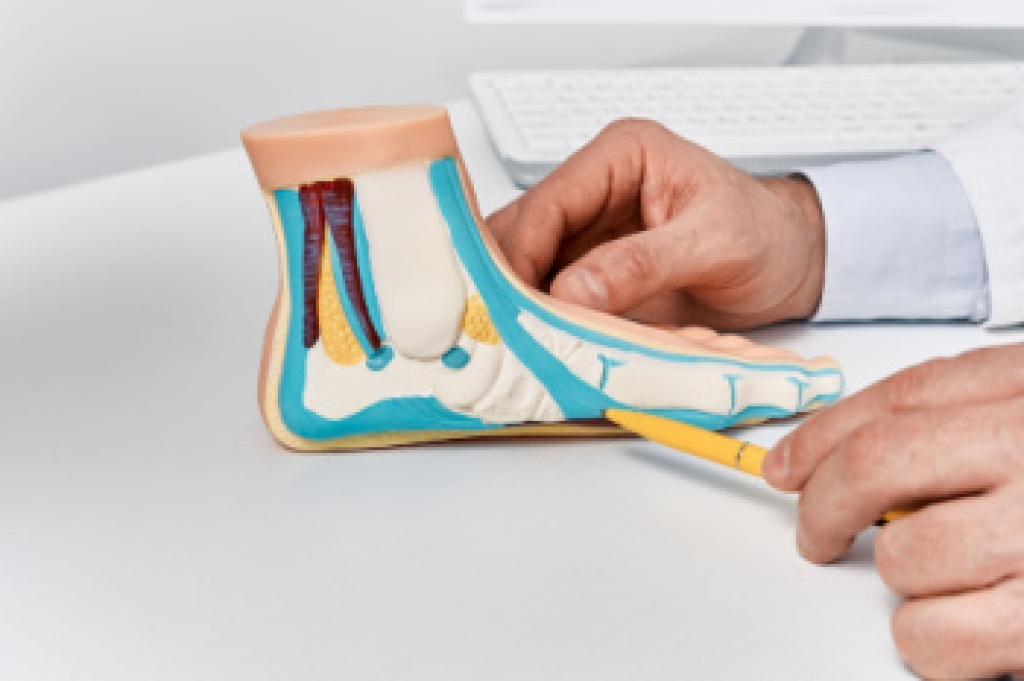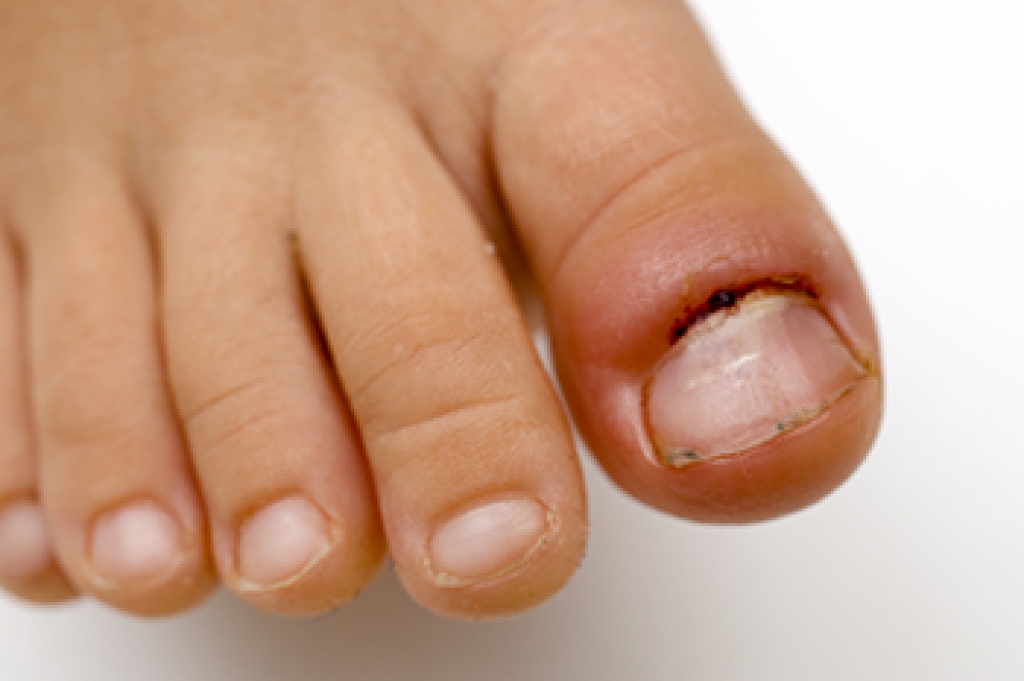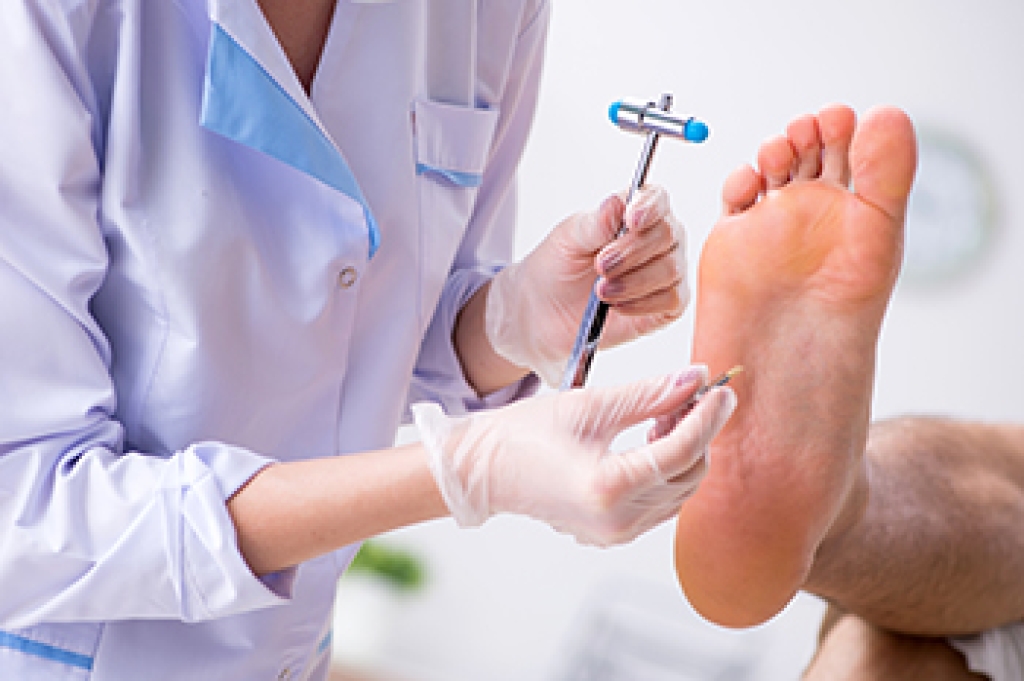
Flat feet, also known as fallen arches, occur when the arches of the feet collapse or fail to develop properly, causing the soles to make full contact with the ground. Symptoms include foot fatigue, aching in the arches or heels, ankle instability, swelling, and pain that can extend to the knees or lower back. Common causes include genetics, ligament laxity, injury, obesity, aging, or conditions that weaken the foot structures. Flat feet may also develop over time from prolonged standing or wearing improper footwear. A podiatrist can help by evaluating foot alignment and gait, providing custom orthotics, recommending supportive shoes, and creating a treatment plan to reduce pain and improve function. If you have flat feet and are experiencing foot pain or fatigue, it is suggested that you consult a podiatrist who can offer effective relief and management tips.
Flatfoot is a condition many people suffer from. If you have flat feet, contact David Williams, DPM from El Paso Feet. Our doctor will treat your foot and ankle needs.
What Are Flat Feet?
Flatfoot is a condition in which the arch of the foot is depressed and the sole of the foot is almost completely in contact with the ground. About 20-30% of the population generally has flat feet because their arches never formed during growth.
Conditions & Problems:
Having flat feet makes it difficult to run or walk because of the stress placed on the ankles.
Alignment – The general alignment of your legs can be disrupted, because the ankles move inward which can cause major discomfort.
Knees – If you have complications with your knees, flat feet can be a contributor to arthritis in that area.
Symptoms
- Pain around the heel or arch area
- Trouble standing on the tip toe
- Swelling around the inside of the ankle
- Flat look to one or both feet
- Having your shoes feel uneven when worn
Treatment
If you are experiencing pain and stress on the foot you may weaken the posterior tibial tendon, which runs around the inside of the ankle.
If you have any questions, please feel free to contact our office located in El Paso, TX . We offer the newest diagnostic and treatment technologies for all your foot care needs.




